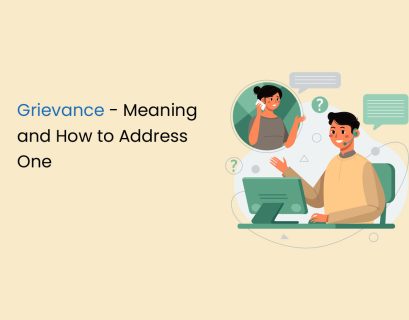What is Cash Management? Definition, Importance & Functions
Managing available capital is crucial for the survival of a small business. Cash management, a fundamental aspect of business operations,...
What are Job Evaluation Methods? Meaning, Methods & Examples
Within any corporate set-up, job evaluation is key in promoting pay equality. Although it can seem complex, it is an essential process. The...
What is Quality Management? Definition & Importance
Quality is important when it comes to products and services we use every day. We want to know that what we’re buying or using is good...
Form 12B – Components, Importance, and How to Fill
Employment has changed in recent years. People change jobs more often now. When an employee changes jobs mid-year, the new employer needs...
Current Account – Features, Types and Benefits
When it comes to business finance, having a reliable current account is essential. It keeps personal and business finances separate, making...
What is Attrition Rate? Meaning, Types & Calculation
The attrition rate is an important metric that helps an organisation gain insight into the workforce’s stability and satisfaction. It...
No Objection Certificate (NOC) Guide: Format, Uses & How to Get One
A No Objection Certificate (NOC) is a legal document issued by either an organisation, institute or an individual, indicating their consent...
What is National Apprenticeship Training Scheme (NATS)?
The Indian government aims to significantly expand its apprenticeship program over the coming years, with a target of increasing the number...
What is Limited Liability Partnership (LLP)? Meaning and Features
A Limited Liability Partnership (LLP) is a form of partnership where each partner enjoys limited personal liability for the...
What is Grievance? – Meaning & Definition
Every workplace has its own set of rules and expectations that employees are expected to follow. However, when these rules are violated or...



























